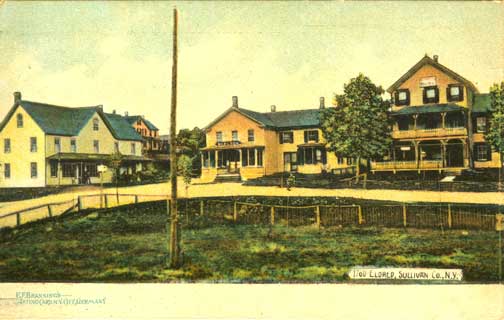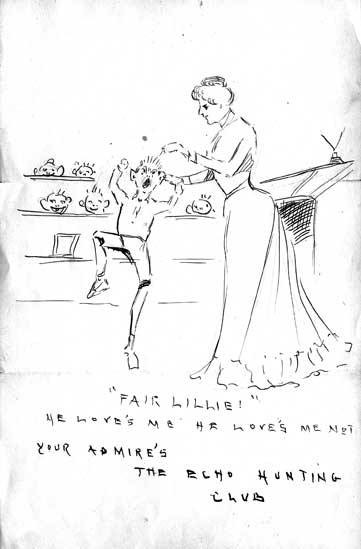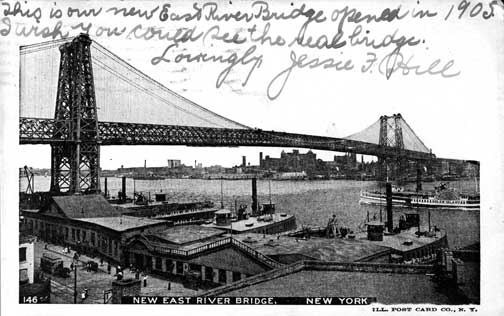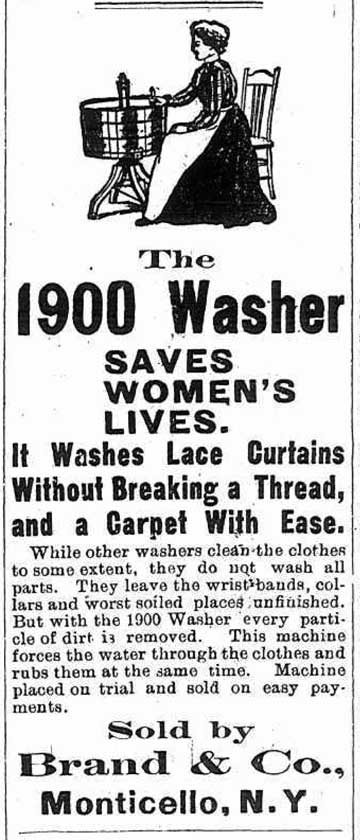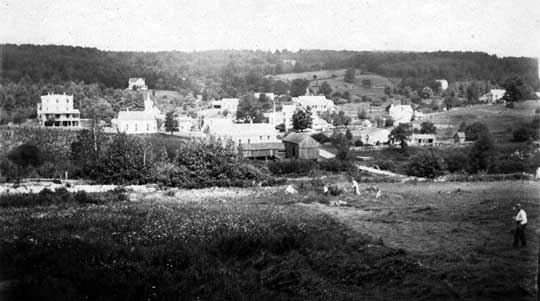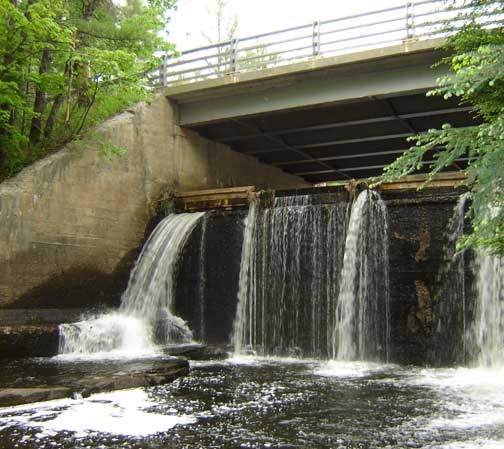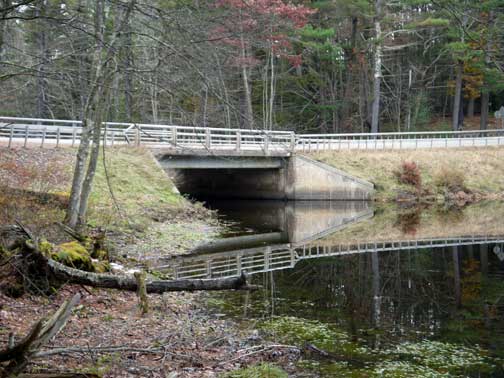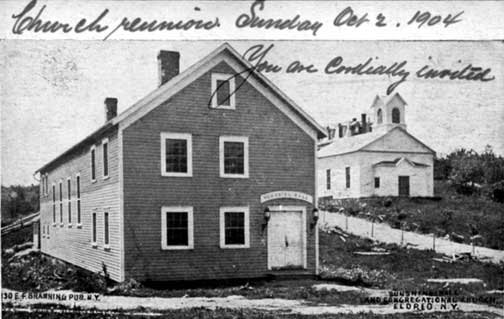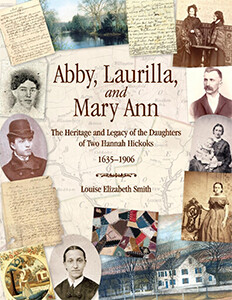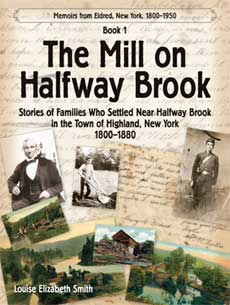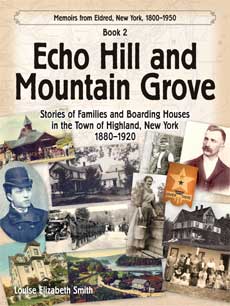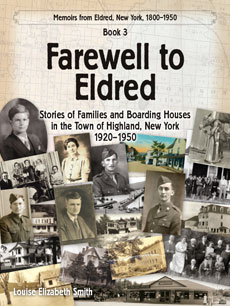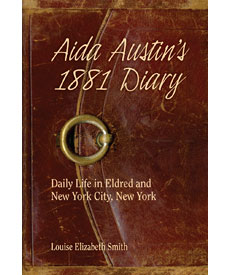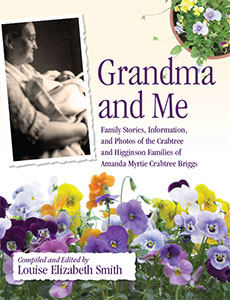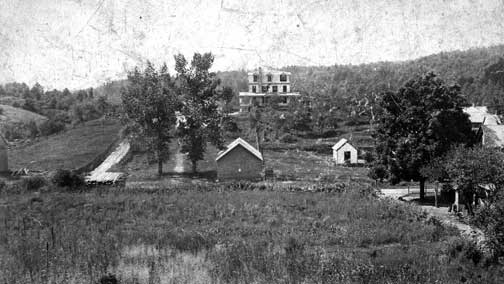
In the following letter, Jennie Crandall mentions Cleta (Myers) Horton, the daughter of Abel and Maria Hankins Myers. The Abel Myers’ family lived at their Orchard Terrace boarding house on the hill near the Congregational Church in Eldred.
Orchard Terrace became the school which my father attended at least for high school from 1926 to 1930.
Jennie Crawford, Eldred, to Lillie Austin, Bethel
April 24, 1904
Dear Lillie,
I was at Middletown, Otisville, and to Port Jervis. I went to see Lottie Scott and Aunt Matt. They were all well. I saw no one but Aunt Matt. Milt was downtown and Uncle John is laying flagstone up in Germantown.
We have the sitting room cleaned. Aunt Maud Crawford has been operated upon. She is in Christ’s Hospital Jersey City. The tumor weighed 16 pounds. She is in a very critical condition.
Edna Beufve and Mr. Deale were over two weeks ago tonight. Bertha Wilson has been to the city and has had the measles along with her visit.
Cleta Horton went up to Lackawaxen and came home sick with the measles.
Alex Wait is home. You know he intended to learn stenography when he left.
Continue reading

